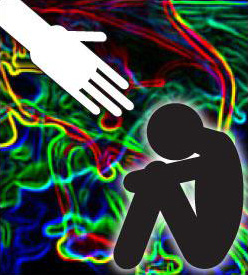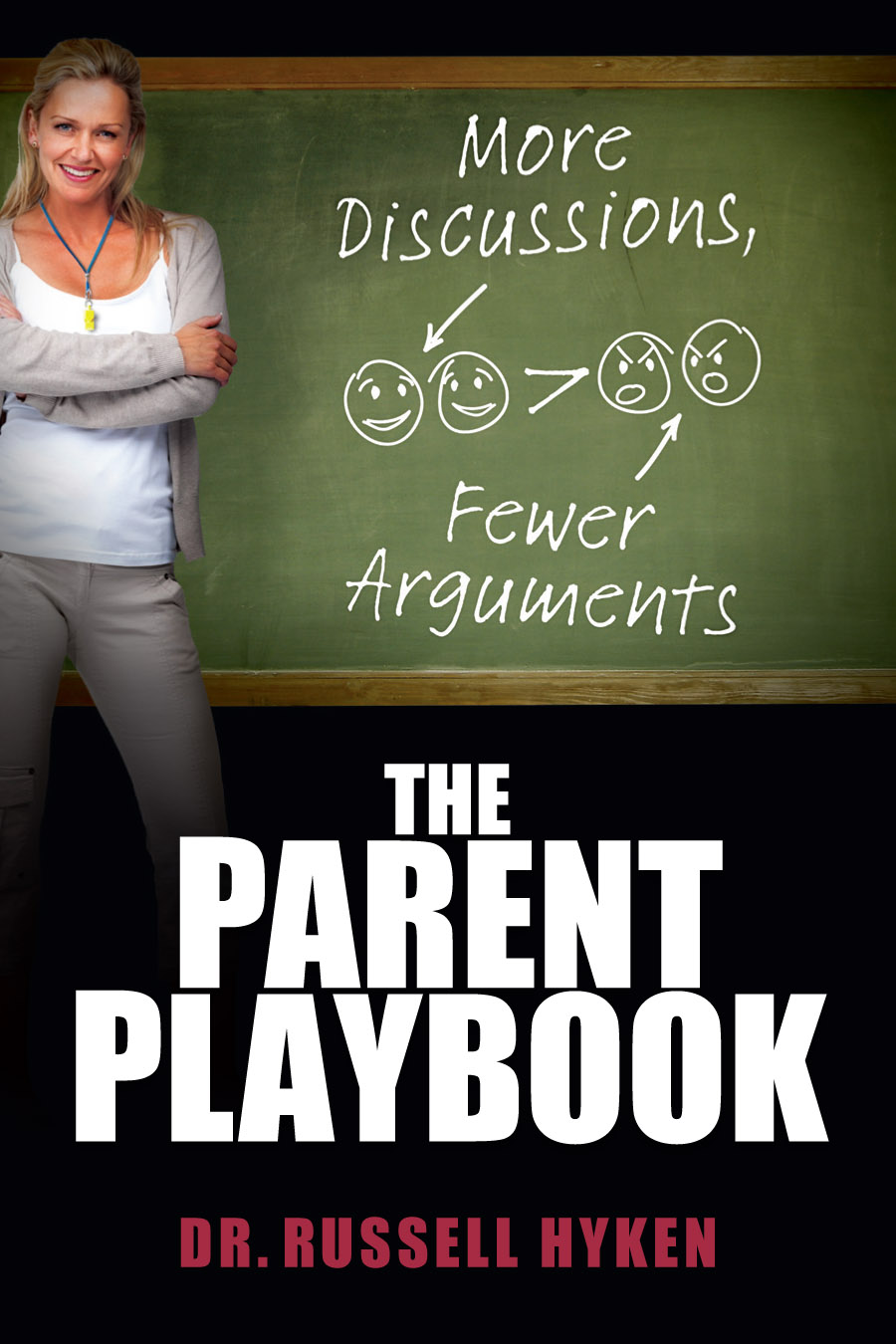Tags : Addiction Our Services
The financial impact of addiction is not limited to costs incurred while an addict is using. Recovery from substance abuse can carry a significant price tag as well. Personal finance authority Erica Sandberg recently featured Dr. Hyken in an article for the leading online consumer credit card news source Creditcards.com on the cost of substance abuse rehabilitation and the options available to recovering addicts and their families.
The high cost of rehab: expensive, but attainable
Recovery from addiction requires help — at any cost
By Erica Sandberg
Not every recovering addict can afford a swank rehab clinic on the beach. However, if you’re struggling with substance abuse and want to get clean, there is a place and way for you to overcome your addiction, no matter what you own, earn or owe.
Know what you have to work with
Addictions are horrendously costly in a financial sense (see “The debilitating descent into drug-related debt.”) Recovery can be costly, too, so it’s essential to calculate what assets, if any are left, that an addict can tap to pay for it.
 Substance abusers need help beyond in just kicking their addiction, says Russell Hyken, a St. Louis-based counselor specializing in interventions and treatment consulting. They need a third party’s sober assessment of their current financial situation, he says. Those deep in addiction aren’t in the right frame of mind to hammer out the numbers and make critical care decisions.
Substance abusers need help beyond in just kicking their addiction, says Russell Hyken, a St. Louis-based counselor specializing in interventions and treatment consulting. They need a third party’s sober assessment of their current financial situation, he says. Those deep in addiction aren’t in the right frame of mind to hammer out the numbers and make critical care decisions.
So with a trusted and capable spouse or loved one:
- Determine your net worth. Take stock of what you have by subtracting your liabilities (all of your debts, including credit card balances and personal loans) from your assets (such as home equity, a paid-off car and cash in a retirement account). What remains is your net worth, and all or a portion may be used for your treatment.
- Calculate your cash flow. If you or your partner is working, tally how much is coming in on a regular basis. Subtract the total from your necessary expenses. Again, you can pay for treatment with some of what is left over.
- Review your insurance policy. “Insurance coverage is great, but everything costs more than you think,” says Hyken. Some rehab centers only accept cash or credit, and you might need to pick up the tab for the deductible, a portion of the bill and time spent after the coverage lapses
Recovery professionals, places and price tags
Treatment options and costs depend on a large number of factors as well as your needs. Hyken offers the following facts and ballpark figures:
Interventionist. Before you’ve acknowledged your chemical dependence as a problem, others around you have been taking note. They may hire a professional interventionist to get you to see the light and inspire you to accept treatment.
Average cost: $2,000 to $8,000, not covered by insurance.
Treatment consultant. Your family may also bring in a personal consultant to coordinate your care. This person will match a treatment center to your finances, personality and clinical needs. After you’re checked in, they will also track your progress and follow up with your treatment to make sure it goes smoothly.
Average cost: $3,000 up to $8,500, not covered by insurance.
Detox. If you need to medically detox, you can either go to a hospital or enter a private detox facility. Insurance typically covers the cost of a hospital, but you may have to wait for a bed. Private detox, on the other hand, is not covered by insurance but you can typically get in right away.
Detox can take up to a week and will set you back a few hundred dollars to $1,000 per day, depending on whether your insurance picks up all or part of the tab or if you head to a private facility that does not take insurance.
Private treatment centers that don’t accept insurance. If you have deep pockets, you might be headed for a luxurious facility. The level of care is high and usually includes detox, intensive individual psychiatry and maximum supervision such as one-on-one staffing. They offer everything to make getting sober attractive from well-balanced food prepared by noted chefs to massages, equine therapy and yoga.
Average cost: $10,000 to $40,000 for 30 days, with 45 to 60 days being common timeframes.
Private treatment centers that do accept insurance. While they don’t mimic four-star spas, treatment centers that accept most major insurance plans are very often just as effective as those catering to rock-star patients. As with those that don’t take insurance, you’ll have access to individual psychological care (though maybe not quite as often) and everything else necessary to get clean.
Average cost: $3,000 to $10,000 for 30 days, with 45 to 60 days being common timeframes.
Court appointed and county care. Some addicts get into legal trouble, and if so, might be ordered into treatment. You won’t have to pay (nor will you be presented with a bill) for these bare-bones Medicaid/Medicare facilities, but that doesn’t mean they aren’t any good. County care, also covered with government dollars, is available Just don’t expect immediate placement, plush surroundings or daily, personalized psychiatric sessions.
Step-down facility. Once out of the treatment center, you may need or want more help to ensure your newfound sobriety.
Cost: A live-in residential home may run $5,000 to $15,000 for 30 days, and is not covered by insurance. An outpatient facility where you check in for support is usually covered by insurance.
12-step program. Want more help to get and stay clean and sober? The 12-step program — as offered through both Alcoholics Anonymous and Narcotics Anonymous — is always there for you. Meetings are free, though you are encouraged to pay what you can for the space, and you can go as often as you like. The program is so effective that even entrenched addicts like David Parnell, from Martin, Tenn. who abused methamphetamine for 23 years have used it from start to finish.
Don’t let cost be a deterrent
William Oswald, founder and CEO of the ultra high-end addiction recovery center Summit Malibu, in Los Angeles, says that while the free and less expensive programs may not have the highly credentialed staffers that Summit does, don’t discount them. As long as you do your due dilligence and make sure it follows though on its advertising promises, not going anywhere is the deeper concern.
A great place to start your search is the treatment referral center, Outreach Services, especially if your short on cash. There is no charge for the service, and “they know the county programs,” says Oswald. “It’s not so easy to get free treatment but its possible.”
If you find a facility that feels perfect but is outside of your means, talk to the director anyway. You may be able to negotiate a lower price. “The larger ones have more beds and they want to fill them,” says Oswald. “So don’t be afraid to ask for less. The mark of a good place is that they won’t hang up the phone when you say you can’t afford them, but will find you a different place. It doesn’t hurt to call.”
How to pay: Consider ugly alternatives
In most cases, there will be at least some outlay from you (or your family or friends) to get you clean. When analyzing where the money will come from, explore all possibilities, including painful ones and those not usually advisable for sober people.
Besides income, look to selling assets, such as a car, and applying the proceeds to treatment. Think about borrowing from or cashing in a retirement plan. Yes, there will likely be tax and penalty consequences, but you’ll have to weigh that against your life. You may also consider borrowing from home equity or a life insurance policy.
Many of the treatment facilities offer internal financing to patients and others can help set you up with a loan from a finance company they work with. Ask about these plans during your research, and find out what the loan terms are. You may need a good credit score or a co-signer to qualify.
As for credit cards, Oswald doesn’t recommend them for long-term treatment. The available credit line will likely be inadequate, and you probably won’t be earning an income with which to make payments.
If you haven’t already borrowed from your friends and family members, you can do so now. The answer may be “no,” but if they agree, form a personal contract that outlines what the loan is for, how and when you’ll repay them, and what will happen if you don’t.
It’s only money. It’s your only life.
The ultimate takeaway message: Don’t allow monetary concerns be the reason you avoid seeking help for a substance abuse problem. Your commitment to sobriety is the most crucial factor, says Oswald. “If you’re ready, it almost doesn’t matter where you go.” Parnell agrees. His drug-devestated finances didn’t allow for a glitzy treatment center, and so he relied on faith and Narcotics Anonymous. “I did what I had to do. I got clean,” says Parnell. “It was a long, hard road because I started out with nothing. But it’s not as hard as being an addict was.”


